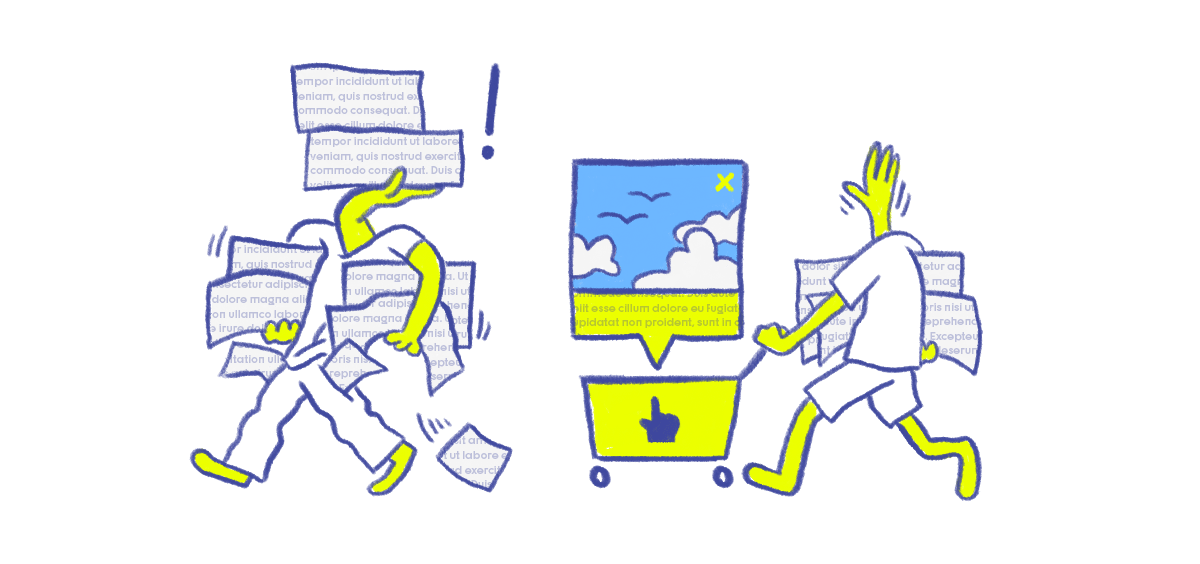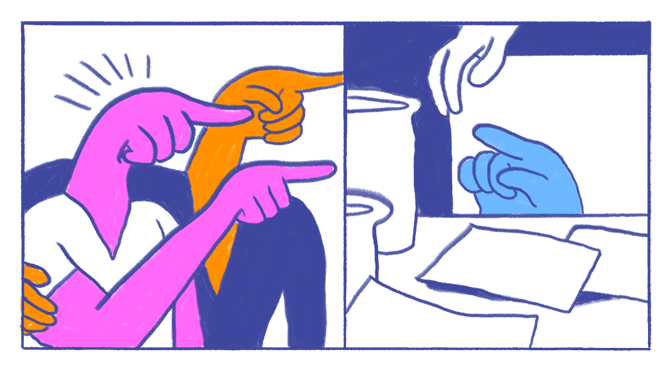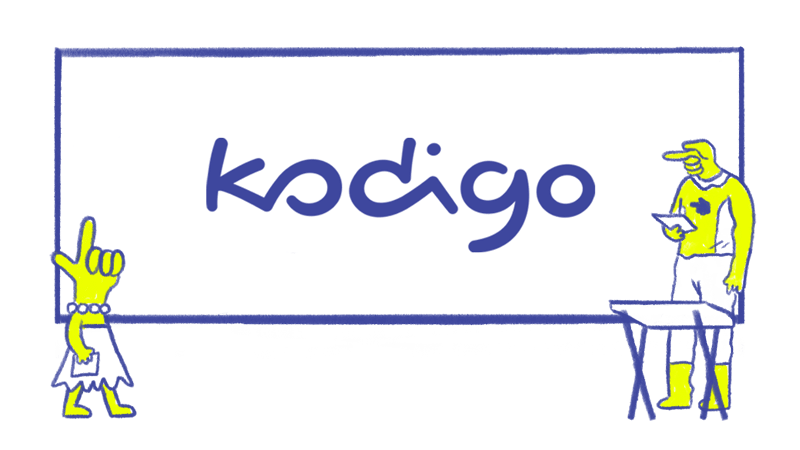
Kodigo is a WordPress plugin for space-making, annotating, and gentle footnoting co-designed & developed with Dthree Digital. This is the studio’s first venture into designing deeper digital experiences through customized tools.
Tags:
2021
Download on GitHub:
Kodigo Block
Read more Kodigos:
Recipe: Tamagoyaki
Discussion: Soul Lady by Yukika
Articles written by:
Toni Potenciano
As a writer, so much of my work is exposition. I spend hours, days, even weeks passionately or dispassionately arranging words on a paper. It’s one thing to think about something and another entirely to write about it. A writer, according to Joan Didion, is a secret bully. “It’s an aggressive, hostile act,” she writes. “The imposition of a writer’s sensibility on the reader’s most private space.”

But these days, my writing desk is virtual and my paper can theoretically be infinite–depending on storage space. I’ve long since gotten rid of physical newspapers and now depend largely on an app for my news. No traces of the physical paper remain, except perhaps the digital version of the paper’s masthead.
But there are days where I long for the margins of a notebook. Ample space for personal thoughts and notes that don’t always make the final published draft. In an article I wrote about poetry, I wanted nothing more than to share some of my favorite poems. But brevity and hyperlinks dictate that I keep things simple.

Introducing: Kodigo. A plugin that reimagines the writing and reading experience. Virtual margins, pockets for information that might not always fit in a 1000-word essay, but are nonetheless necessary. A new way for story-telling and fact sharing, Kodigo is a way for writers to explain while giving readers space to breathe.
Co-designed and developed by And A Half and Dthree Digital, Kodigo is a free plugin available for testing on WordPress websites. Download it on Github. Click on Learn How to Use It for installation & usage instructions.

Looking to develop other UI/UX tools? Follow us & Dthree Digital to learn more about designing deeper digital experiences.

Joan Didion’s work, which has been associated with the “New Journalism” movement, has been recognized on many occasions. She received the American Academy of Arts & Letters Gold Medal in Criticism and Belles Letters in 2005 and won the National Book Foundation’s Medal for Distinguished Contribution to American Letters in 2007. She is a member of the Academy of Arts & Letters, the American Academy of Arts and Sciences and The Berkeley Fellows. She received an honorary Doctor of Letters from Harvard University in 2009 and an honorary degree from Yale in 2011. In 2013, she was awarded a National Medal of Arts and Humanities by President Obama, and the PEN Center USA’s Lifetime Achievement Award.
Fog does to edges what a whisper does to words. Ends of branches, hard and thin as icepicks, blur into softness. You can’t see the end of the street. Figures are smudges. A woman nearby says to a boy: I’m as disappointed as you are, but what can I do. The boy scowls. We’ll try again next week. Shhh. It’s OK. There is no fog in my city; we put dry ice in water. Vapor covers the basin’s rim. Vapor hides tiles’ edges. Dry ice turns to gas without first becoming water. The verb for this is sublime. What is solid melts into air; references are unfixed. Next week, when whispered, is nearby. Three intersections down, the stoplight colors fade into gray. Names of streets can’t be read. They can be anything. Escolta is Deansgate. Fog is vapor. We touch dry ice. Our fingers burn. Definition of metaphor: the collapse of what separates us. Dry ice does not say goodbye to water when it becomes air. Fog is farewell. What can I do. It’s OK. I’ll see you soon. The future is a city away. This is sublime.
